Getting the Best Buy on Your Diamond Engagement Ring
There are many ways to save money when choosing your diamond engagement ring. The choices you make about your diamond’s cut, mounting style, carat weight, color, and clarity can save you lots of money, while resulting in a purchase that you will love.
Set A Budget
Whether you plan to use cash, your credit card, or store-provided financing, you need to decide on your budget before you seriously begin shopping for your engagement ring.
Although you may have heard that your engagement ring should cost three months’ salary, in actuality, the idea of how much to spend was part of a well-executed diamond marketing plan initiated by the DeBeers diamond cartel in the 1930’s. In addition to advertising that diamonds were THE must-have symbol of true love, the campaign also maintained that the correct amount to spend on one’s engagement ring by the gent was one month’s gross salary. In the 1980’s, that amount grew to two month’s salary. Now the supposed rule is that an engagement ring should cost three month’s salary.
Keeping in mind that these were arbitrary amounts set by a marketing campaign, your own budget should take into consideration your income and jewelry style preference. You need to choose a budget that you are comfortable with. It needs to be a personal decision. Do some research on the types of rings that interest you, and you will get an idea of how much certain styles cost.
According to the 2017 Ebates Wedding Survey, almost half of men and women in the U.S. expect to spend anywhere from $1,000 to $5,000 on an engagement ring. According to The Knot 2016 Real Weddings Study, the national average cost of an engagement ring is $6,163. An article by BusinessInsider.com shows that the average amount spent on engagement rings varies per state, ranging from an average of $3,518 in Utah to $10,241 in California! Here is the complete breakdown.
Decide What Qualities Matter Most to You
Cut
Of the Diamond Four-C’s (color, cut, clarity, and carat weight), the most important quality is the cut. The quality of the cut impacts the brilliance and fire of the diamond. A poorly cut diamond will look dull. A well-cut diamond, even of a smaller size, will be much more beautiful than a larger, poorly cut gem. The round-brilliant cut diamond is the most popular diamond shape. Its many facets optimize the sparkle and scintillation that make diamonds such exceptional gems. A diamond with a high-quality cut will be beautiful in any size.
In addition to round-brilliant cut diamonds, there are many other cuts, known as fancy shapes. These cuts cost less per carat than round-brilliant cut diamonds, while still offering exceptional beauty. There are several brilliant and modified brilliant diamond cuts that offer the same kind of fire as the round-brilliant cut. These fancy-cut gems (oval, radiant, cushion, princess, marquise, pearl, heart-shaped) are less expensive per carat than equal quality round-brilliant cut diamonds.
The Round brilliant-cut makes up almost 75% of all diamonds purchased. The brilliant-cut is exceptional in bringing out a diamond’s extraordinary brilliance and fire. Its round shape makes it easy to pair with the shapes of additional gems.
The Princess cut is a square brilliant-cut with sharp corners and sides that look like inverted triangles. It is the second most popular cut after the round brilliant-cut. The Princess cut is less expensive that the round brilliant-cut because less of the raw material is lost in cutting. It has exceptional brilliance and fire. It is works quite well with other gemstone shapes
The Radiant cut is a brilliant-cut that is square or slightly rectangular with its four corners clipped. Radiant cut diamonds come close to the brilliance and fire of the round brilliant cut.
Oval cut diamonds are a modified brilliant-cut. They offer excellent brilliance and can appear larger than their actual carat weight. They can also give the illusion of elongated the finger.
The Pear-shape cut is a modified brilliant-cut. It looks like a tear. Traditionally, the pointed end of the gem faces away from the body and toward the fingernails. This cut requires good symmetry for the most pleasing appearance.
The Marquise cut is a modified brilliant-cut, similar to a pear-shape cut. It is pointed at both ends. It can appear larger than diamonds of similar carat weight. It can also give the illusion of lengthening the finger.
The Cushion cut is square or slightly rectangular with softly rounded corners. It has large facets that emphasize its brilliance and the gem’s clarity. It has a softer sparkle than the radiant cut.
The Emerald cut has facets that are step-cut, from wide to narrow. It can give a much larger look per carat because much its top surface is exposed. It does not have the flash of other diamond cuts, but it is considered elegant and understated. Because the Emerald cut easily shows imperfections, it requires gems of exceptional clarity and color.
The Asscher cut is usually square or slightly rectangular. The facets are step-cut similarly to the emerald cut, but the Asscher has more brilliance.
The Heart shape cut is a modified brilliant cut requiring exceptional symmetry for a pleasing appearance, as well as a slight rounding before the point. It is considered a truly romantic shape.
Savings Tip: You can buy a fancy cut diamond at savings of up to 25% or more from the price of a round-brilliant cut diamond. Fancy cut diamonds are a perfect option to get the brilliance of a round-brilliant cut diamond at a lower price and in a larger size.
Carat Weight
The carat weight of a diamond is often one of the first considerations for a consumer. The appearance of size, however, can enhanced by the cut of the diamond and its mounting style. A smaller diamond with the right cutting proportions can result in a larger face-up appearance than that achieved by carat weight alone.
Savings Tip: Each increment in whole carat sizes jumps significantly in the cost per carat. Choosing a diamond that weighs just shy of full carat increments such as 0.90 instead of 1.00 ct., or 1.90 ct. instead of 2.0 ct., etc. will cost less per carat and the slight difference in size will not be noticeable.
Color
The color of your diamond is very important. Diamonds that show brown or gray color to the naked eye will greatly detract from a diamond’s beauty. The highest standard of color for a diamond is a colorless or white diamond. For most people, however, a diamond which appears white to the naked, untrained eye is perfectly desirable. The most common color grade selection for engagement ring center diamonds is F-H color. With smaller diamonds, color is not as important as in larger sizes.
Savings Tip: For the best value, choose a near colorless (graded G-H) diamond.
Clarity
Clarity has the least impact of a diamond’s appearance unless the inclusions (blemishes) are visible to the naked eye. The most popular clarity grades for the center diamond of engagement rings are VS2 or SI1.
Source: GIA
The GIA Clarity Scale contains 11 grades, with most diamonds falling into the VS (very slightly included) or SI (slightly included) categories. In determining a clarity grade, the GIA system considers the size, nature, position, color or relief, and quantity of clarity characteristics visible under 10× magnification.
-
Flawless (FL) – No inclusions or blemishes are visible to a skilled grader using 10× magnification
-
Internally Flawless (IF) – No inclusions and only blemishes are visible to a skilled grader using 10× magnification
-
Very, Very Slightly Included (VVS1 and VVS2) – Inclusions are difficult for a skilled grader to see under 10× magnification
-
Very Slightly Included (VS1 and VS2) – Inclusions are minor and range from difficult to somewhat easy for a skilled grader to see under 10x magnification
-
Slightly Included (SI1 and SI2) – Inclusions are noticeable to a skilled grader under 10x magnification
-
Included (I1, I2, and I3) – Inclusions are obvious under 10× magnification and may affect transparency and brilliance
Savings Tip: Choose a diamond which has inclusions, but which are not visible to the naked eye.
Choose a Mounting to Maximize Visual Impact
Your choice of setting can enhance the visual impact of your engagement ring regardless of the size of your diamond. A center diamond that is surrounded by smaller diamonds, known as a “halo” design, will give the illusion of a much larger diamond. A diamond mounting that has side gems, either with diamonds or colored gems, will give the ring a bolder appearance. Mountings with bands that are embellished with diamond pavé add to the “sparkle” effect. If your solitaire diamond is on the smaller side, a slender band will make sure that the diamond is the center of attraction. A small diamond on a wide band loses its prominence. To make your diamond appear larger, you should go for a ring band with a thickness of 1.8mm to around 2.2mm.
Halo setting.
Diamond with side stones.
Solitaire on slender band.
Diamond Pavé band.
Savings Tip: The right mounting will make increase the visual impact of your engagement ring, regardless of the size of the diamond.
Whatever your budget, our diamond specialists at Turley Jewelers will work with you to find the perfect engagement ring at the best price. Ask about our 12 Month Interest Free Financing!
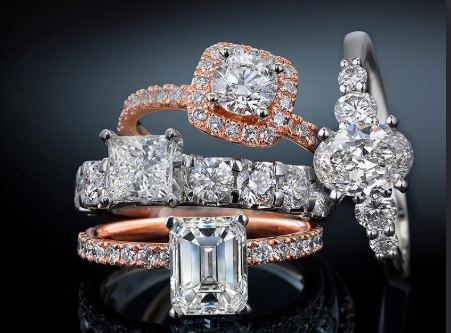
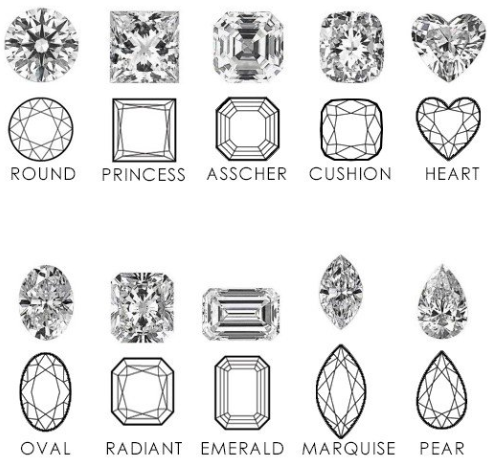
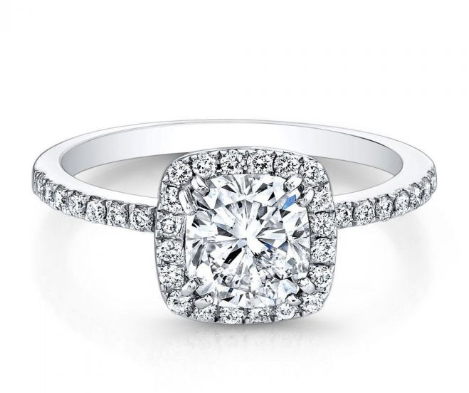
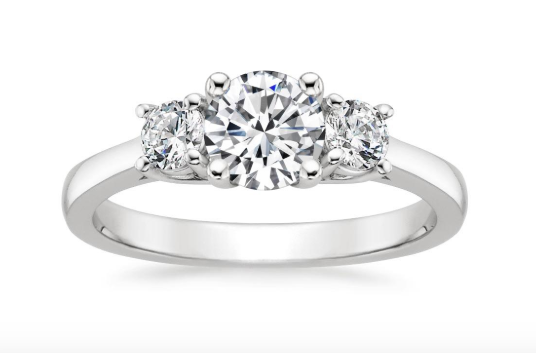
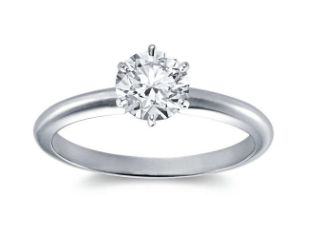
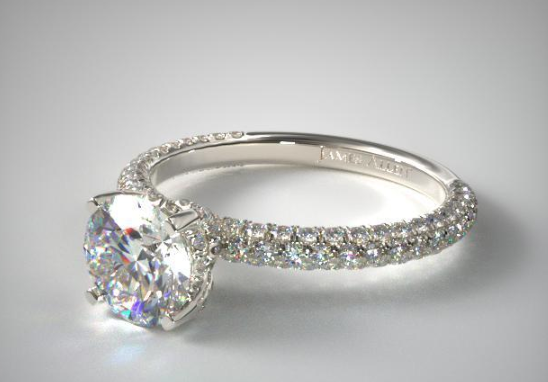
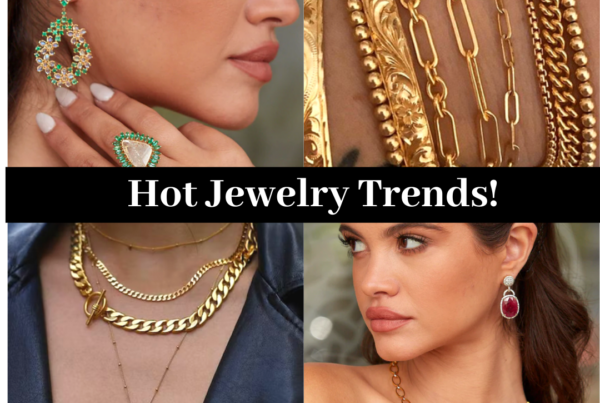
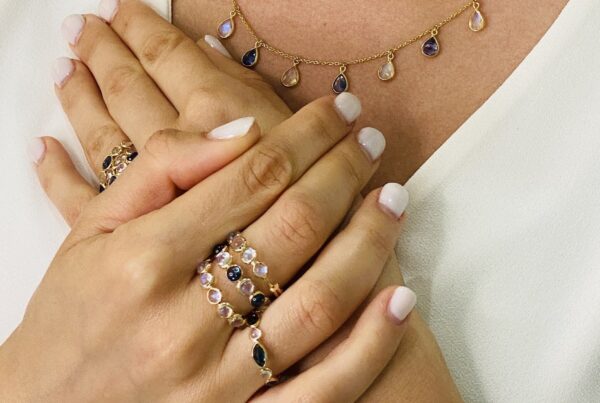
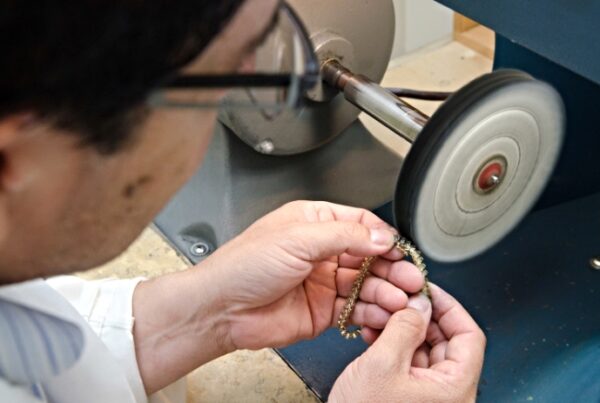
Wide range of specially designed and crafted Diamond Engagement Ring. Thanks for posting